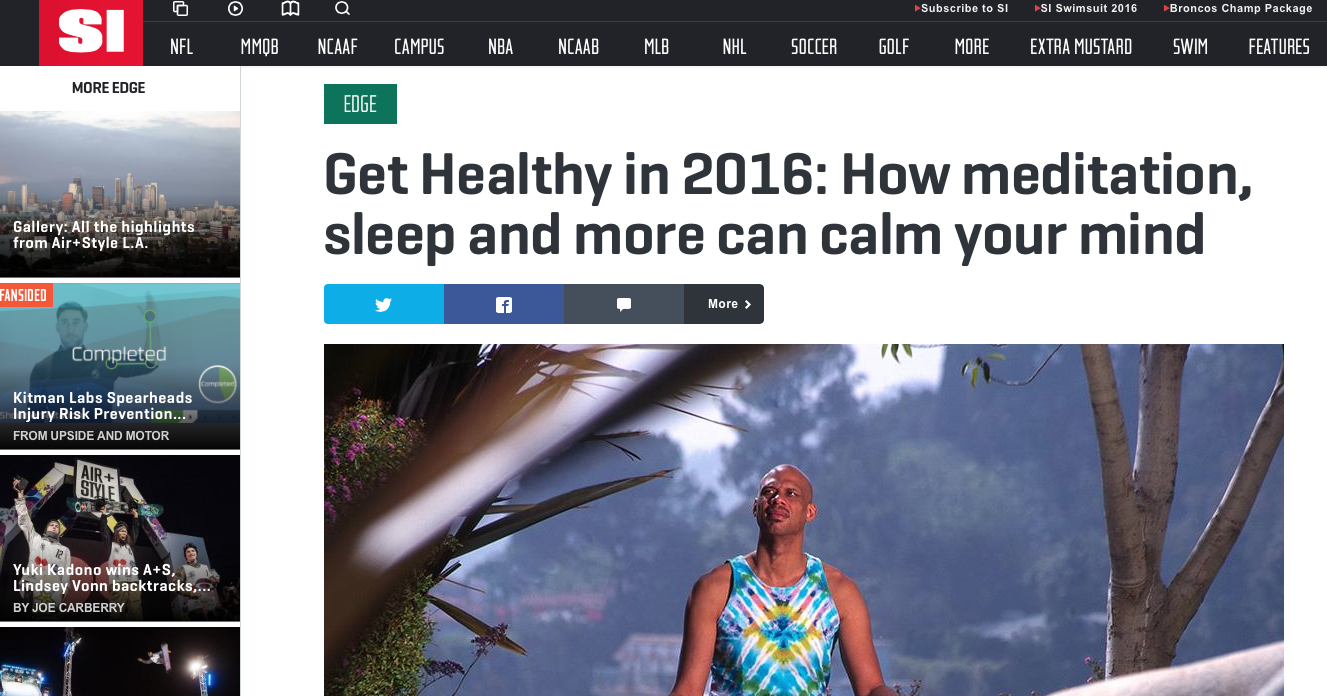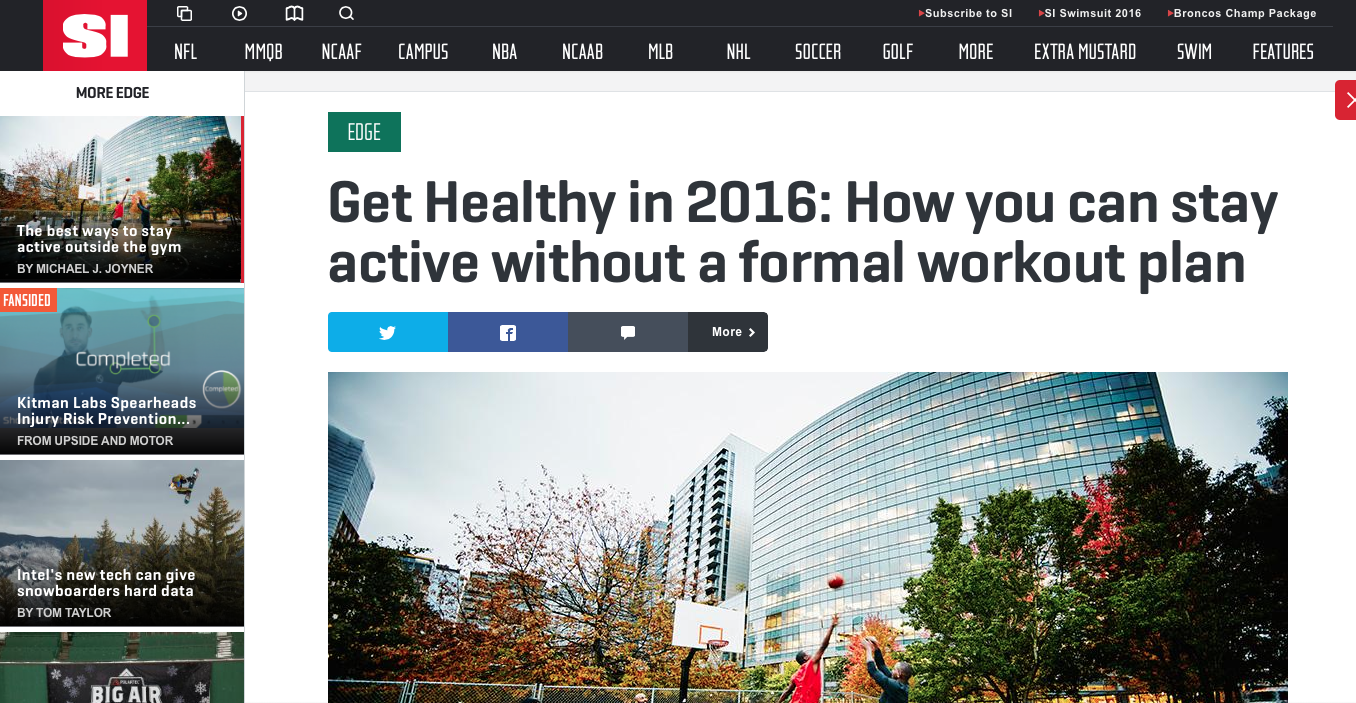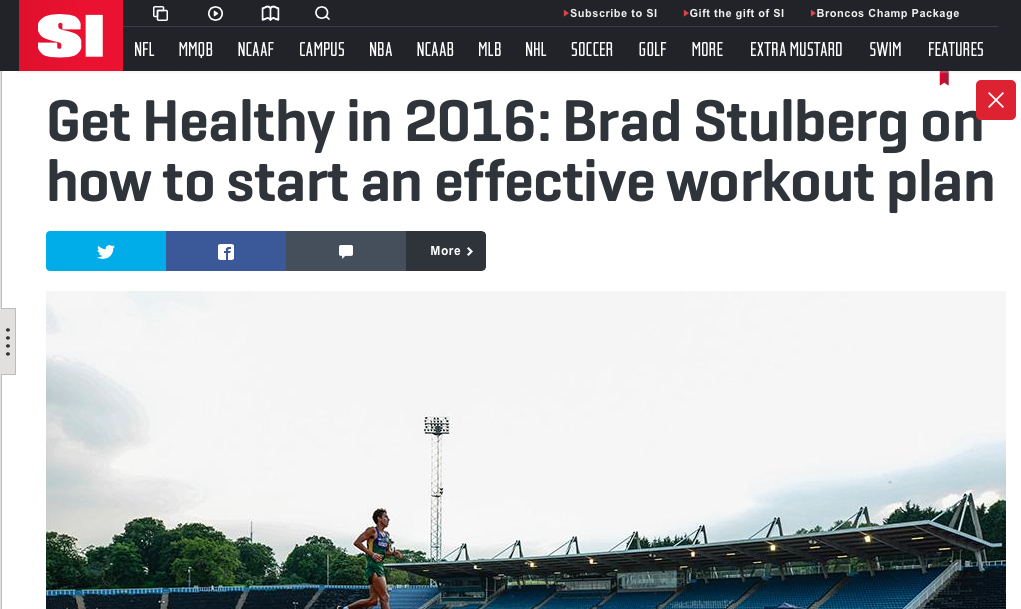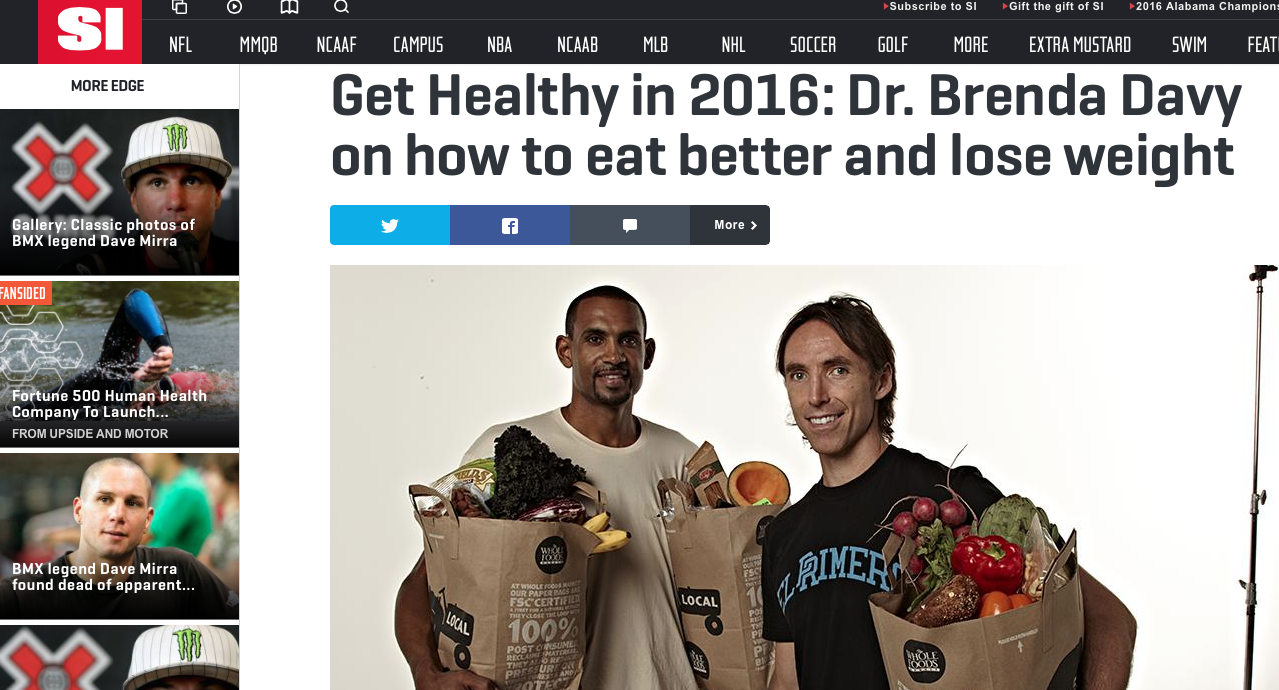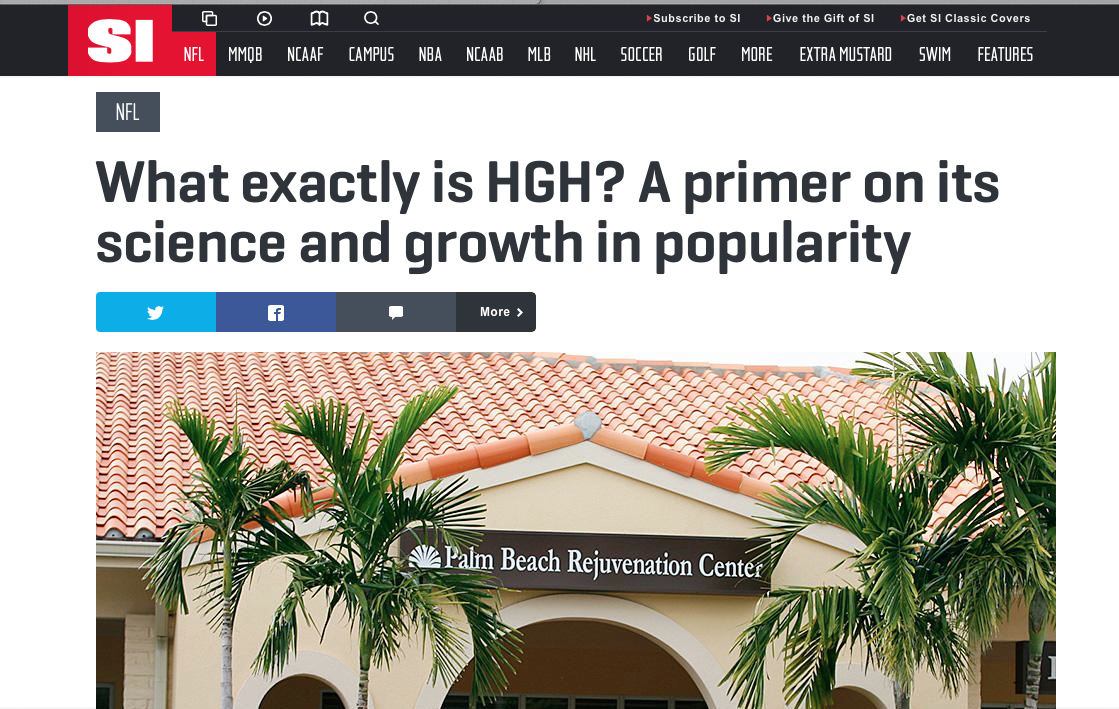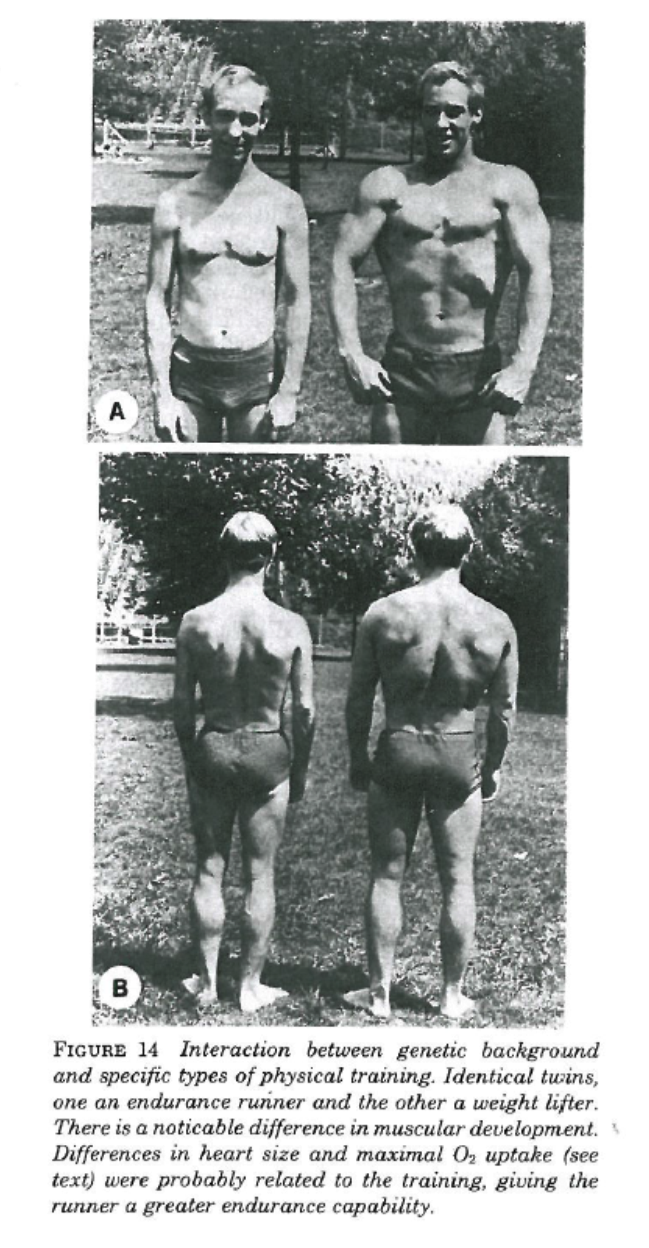Archive for the ‘Research and Health’ Category
A Roadmap To Better Health
It is finally here! Our data packed and evidence based book on major issues affecting the health of the U.S. population, including smoking, diet, physical activity, and the policy options to move us in the right direction is now available. You can download a no cost PDF version of this book (and other books from the Roadmap series) from the website of the Arizona State University’s Healthcare Delivery and Policy Program. A paperback version is also available from Amazon (no profits to us). We hope that this book will be useful to a wide range of people interested in the topics of population health, physical activity, exercise and diet. We have focused on basic data related to these topics and what policies might be used to promote healthier lifestyles for both individuals and society as a whole.
Idea Bubbles & Medicine
Over the last few months I have run across a couple of ideas — really catchy phrases — that are influencing the way I think about trends and hopefully progress (or lack of it) in medicine. The phrases are idea bubbles, biological plausibility, and bio-babble.
Idea Bubbles & Alzheimer’s Disease
I ran across the phrase idea bubbles when I was doing web search on the amyloid hypothesis for Alzheimer’s Disease. The idea that first emerged in the 1990s is that a buildup of amyloid proteins in the brain is central to the development of Alzheimer’s. This has led to the development of animal models that generate excess amyloid in their brains and also drugs that either slow the buildup or help clear it. It has also led to a number of promising early stage human drug trials in patients with Alzheimer’s that have ultimately failed in larger trials. At this time there are no effective approved anti-amyloid therapies on the market in spite of this vast effort.
All of this was reviewed in a great blog post on Forbes by David Grainger and he discusses why the hypothesis lives on to fight another day and why drug companies, investors and the scientific community is continuing to make “large bets” on the amyloid hypothesis:
— There are a few important lessons from this sorry tale, that extend well beyond Alzheimer’s Disease. It highlights the danger of what I previously called “idea bubbles” – that a hypothesis gains so much credibility over a long period of time that even when the data tells you otherwise, adherents (acolytes may be a better word) question everything but the hypothesis.–
As I drilled down I found the definition of an idea bubble and how it relates to better known bubbles like stock market bubbles.
— An “ideas bubble” occurs when, over a long period of time, positive social feedback disconnects the perceived validity (of the idea) from the real underlying validity – in the same way price and value dissociate in a stock market bubble.” –
Bubbles are sustained by gold rush mentalities, optimism, the fact that careers have been invested in one thing or another, and the general problem of sunk costs.
Bubbles similar to Alzheimer’s and amyloid have occurred for all sorts of cancer therapies (surgery, radiation, chemo) over the last hundred years and I wonder if the next big bubble is going to be the precision medicine bubble and as the noted public health expert David Hunter recently pointed out:
— “In searching for a cure for cancer, we have repeatedly climbed on various bandwagons. They include the radical mastectomy for breast cancer, high-dose chemotherapy, immunotherapy, and — more recently — molecularly “targeted” therapies. In each case, it took someone with courage to point out the limitations or futility of the approaches.
Hope is critical to cancer patients and those treating them, but hope that is not rooted in the facts risks becoming an illusion. As Mikkael Sekeres of the Cleveland Clinic has commented, we should not delude ourselves into believing targeted therapies will be a panacea for cancer treatment.”
Bubbles & Biological Plausibility
One of the things required for a bubble (or perhaps a bio-bubble) to take off is the need for a narrative that makes biological sense and can then underpin a big idea. In a great editorial in the British Medical Journal, David Healy traces how the serotonin hypothesis emerged as an explanation for depression and led to the generation of whole new classes of drugs with marginal efficacy that have been vastly over-used. Another good example is the idea that “free-radicals” cause cancer, aging, and heart disease and that taking anti-oxidants can make people healthier. In fact big clinical trials show the opposite, anti-oxidants can be associated with worse instead of better outcomes. However, the theory lives on as do the pitches. Each of the cancer therapies mentioned above had at the time of their adoption a tight and biologically plausible back story.
Bio-babble
The biology of most hard to treat or cure diseases is complicated and usually defies a simple linear story. However, we persist in seeking them. One example that hits home for me as an anesthesiologist and physiologist is what has been described as the “Cult of the Swan-Ganz Catheter”. In the early 1970s it became possible to routinely put big catheters into the hearts of most patients in intensive care units. The idea was that by carefully and precisely measuring the pressure, oxygen levels, and blood flow various places in the heart “goal directed” therapy could be used to give just the right amount of fluid and drugs to patients. This would then improve outcomes for hard to treat diseases like heart failure or severe infections.
Sounds like a good idea, but it has not worked. What is also interesting is that the general narrative appeared in the early 70s, was questioned in the middle 80s, was not really evaluated objectively on a large scale until the 90s, and a firm consensus about the limitations of these catheters only really emerged in the 2000s with an “obituary” written in 2013.
As an aside, when I was a resident in the late 1980s, the placement of these catheters in the ICU was almost like a religious ceremony or sacrament. The more senior Drs. served as high priests while the younger interns and medical student acolytes watched on and waited for ordination and their chance at the altar.
Closing Thought
Ideas that are perhaps too good to be true die hard. This is true in medicine and health in so many ways. That the some of the “smartest people around” continue to fall into the same cognitive traps over and over again should make us all think twice before jumping on any bandwagons that are “sure” to cure anything.
Identical Twins & Genetic Destiny
There is a fascinating recent study from Finland on pairs of identical twins with very different exercise habits. This is unusual because widely divergent behavior patterns between identical twins are uncommon. There were some pretty striking differences in thinks like exercise capacity, metabolism and even brain structure in the active vs. inactive twins showing that even when the “genes are the same” behavior can really make a difference. The details of the paper were beautifully summarized by Gretchen Reynolds in the New York Times with some excellent insights from the authors of the paper included in her article. Some additional thoughts about what this all means are available in an excellent commentary by Alex Hutchinson in Runner’s World.
This study and the outstanding pieces by Gretchen and Alex reminded me of a paper from the early 1980s on the different physiological adaptations to strength and endurance training. The paper included the pictures below of identical twin brothers. One was an endurance runner, the other a weight lifter.
The picture speaks for itself. The lifter was 16kg (35 lbs) heavier than the runner, but the runner’s heart was about 25% larger and his maximal oxygen uptake more than 50% greater than his brother’s. Of note, the height of the brothers and things like their hair patterns are strikingly similar. For those who want to know more about the strengths and limitations of twin studies and what can be inferred from them here is an informative link.
That such big differences in physiology can be seen in people who have “identical” genes is pretty convincing evidence that for many things our genes are not our destiny.
You are currently browsing the archives for the Research and Health category.

